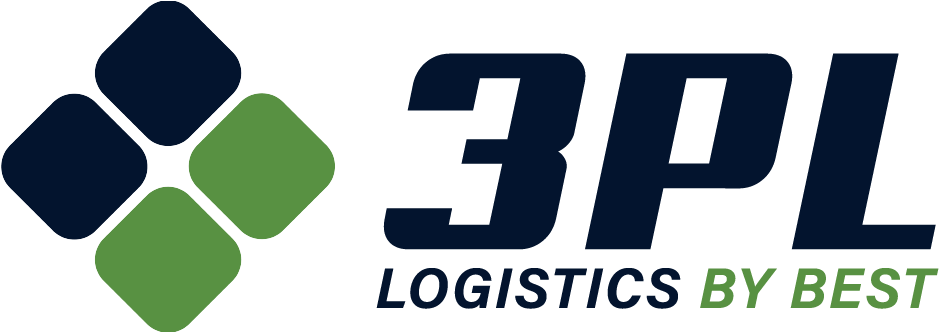The U.S. 3PL market is expanding rapidly due to the rise in cross-border trade. And as e-commerce and retail operations scale, many businesses find themselves at a crossroads: continue managing fulfillment in-house or outsource to a professional partner. In-house fulfillment often starts as a cost-effective, controllable solution. But as order volumes grow and logistics become more complex, managing inventory, picking, packing, and shipping internally can strain resources.
This is where outsourcing to a 3PL third party logistics provider comes in. These providers specialize in handling all fulfillment processes, from warehousing and inventory management to order processing and returns.
Here’s how businesses can make this shift smoothly, with minimal disruption and maximum long-term benefit.
Table of Contents
Key Takeaways
✔ Businesses should identify inefficiencies like labor strain, manual processes, and space limits before moving away from in-house fulfillment.
✔ It’s essential to define fulfillment needs—such as order volume, shipping speed, and product complexity—before engaging with a 3PL.
✔ Companies must vet specialized providers with relevant industry experience and a solid track record before shortlisting 3PL options.
✔ Comparing 3PLs requires a focus on transparency, scalability, technology compatibility, and the quality of customer support.
✔ Planning a smooth transition involves setting a phased timeline, documenting SOPs, and preparing for potential disruptions.
✔ Internal teams need to be aligned, trained, and assigned clear roles to ensure coordination with the new 3PL partner.
✔ A controlled pilot run of order processing should be executed before launching full operations with the chosen 3PL.
✔ Businesses must continuously monitor KPIs like order accuracy, shipping speed, and return rates to guide improvements.
✔ Avoiding common mistakes—like poor documentation, rushed timelines, and lack of oversight—is critical for long-term success.
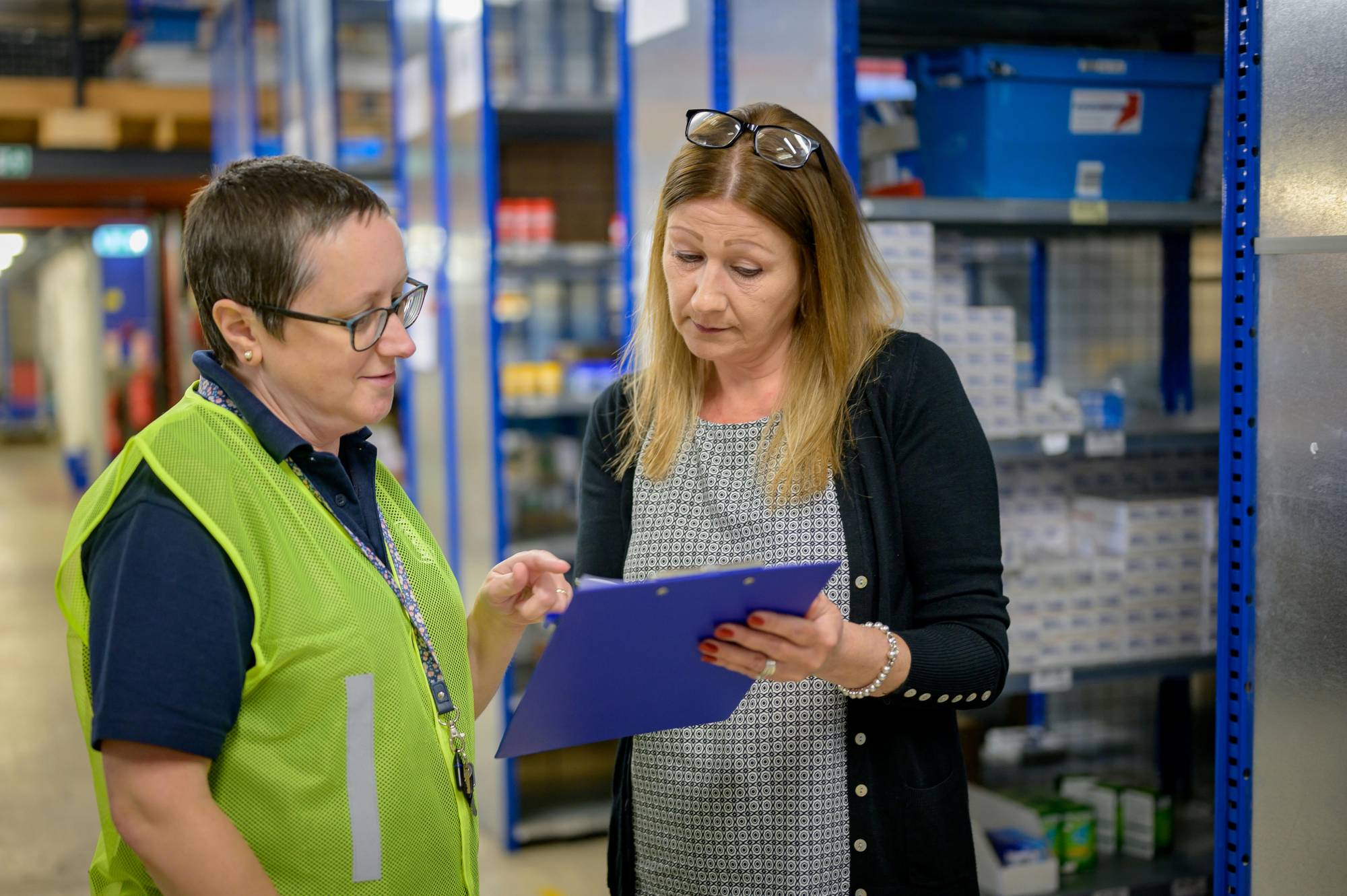
1. Assess the Limitations of In-House Fulfillment
Before initiating a transition, businesses must thoroughly examine the true cost and complexity of in-house fulfillment. While it may appear manageable early on, its shortcomings often emerge as operations grow. Recognizing these issues early enables companies to consider a more reliable, scalable solution with the best third party logistics provider.
Key Limitations
- Inefficiencies in Manual Processes: In-house teams often rely on spreadsheets, manual inventory counts, or basic tools. This limits accuracy and scalability.
- Labor Strain and Turnover: Managing fulfillment internally requires hiring, training, and retaining warehouse staff. Fluctuations in demand can stretch teams thin and increase burnout.
- Facility Constraints: As order volume increases, businesses frequently run out of storage space. Leased facilities may not offer flexible terms or room for expansion.
- Higher Risk During Peaks: Seasonal surges, flash sales, or promotions can overwhelm internal systems. Inadequate preparation leads to delayed shipments and negative customer reviews.
- Lack of Logistics Expertise: Fulfillment isn’t most companies’ core competency. In contrast, a 3PL third party logistics provider offers dedicated logistics knowledge, infrastructure, and staff.
- Hidden Costs: Inventory miscounts, shipping errors, and missed delivery windows all come at a financial and reputational cost.
2. Clarify Your Fulfillment Needs and Goals
Clear internal alignment is essential before outsourcing. Without well-defined needs, even a top-tier provider may fall short. A precise needs assessment ensures a tailored match with a 3PL third party logistics provider and sets realistic expectations.
Operational Insights
- Order Volume & Frequency: Determine monthly and seasonal fluctuations to assess fulfillment workload.
- Product Characteristics: Size, weight, fragility, perishability—these factors affect storage and shipping requirements.
- Shipping Expectations: Do customers expect 2-day or same-day delivery? Are orders primarily local, national, or international?
- Returns Complexity: High return rates or products requiring inspection and repackaging demand specific capabilities.
Strategic Goals
- Speed and Accuracy: Improve shipping timelines and reduce fulfillment errors. With optimized workflows and automation tools, 3PL providers ensure orders are processed quickly and shipped with precision, reducing delays and mistakes.
- Cost Optimization: Logistics outsourcing has become a critical strategy for businesses aiming to reduce operational costs, enhance service quality, and minimize capital investment.By partnering with a third-party logistics (3PL) provider, companies can significantly cut expenses tied to warehousing, labor, and transportation.
- Market Expansion: Use fulfillment hubs to reach new regions or international customers efficiently. A distributed logistics network allows businesses to reduce delivery times and shipping costs across diverse markets.
- Enhanced Customer Experience: Professional packaging, real-time tracking, and reliable delivery build loyalty. A consistent and positive delivery experience reinforces your brand’s credibility and keeps customers coming back.
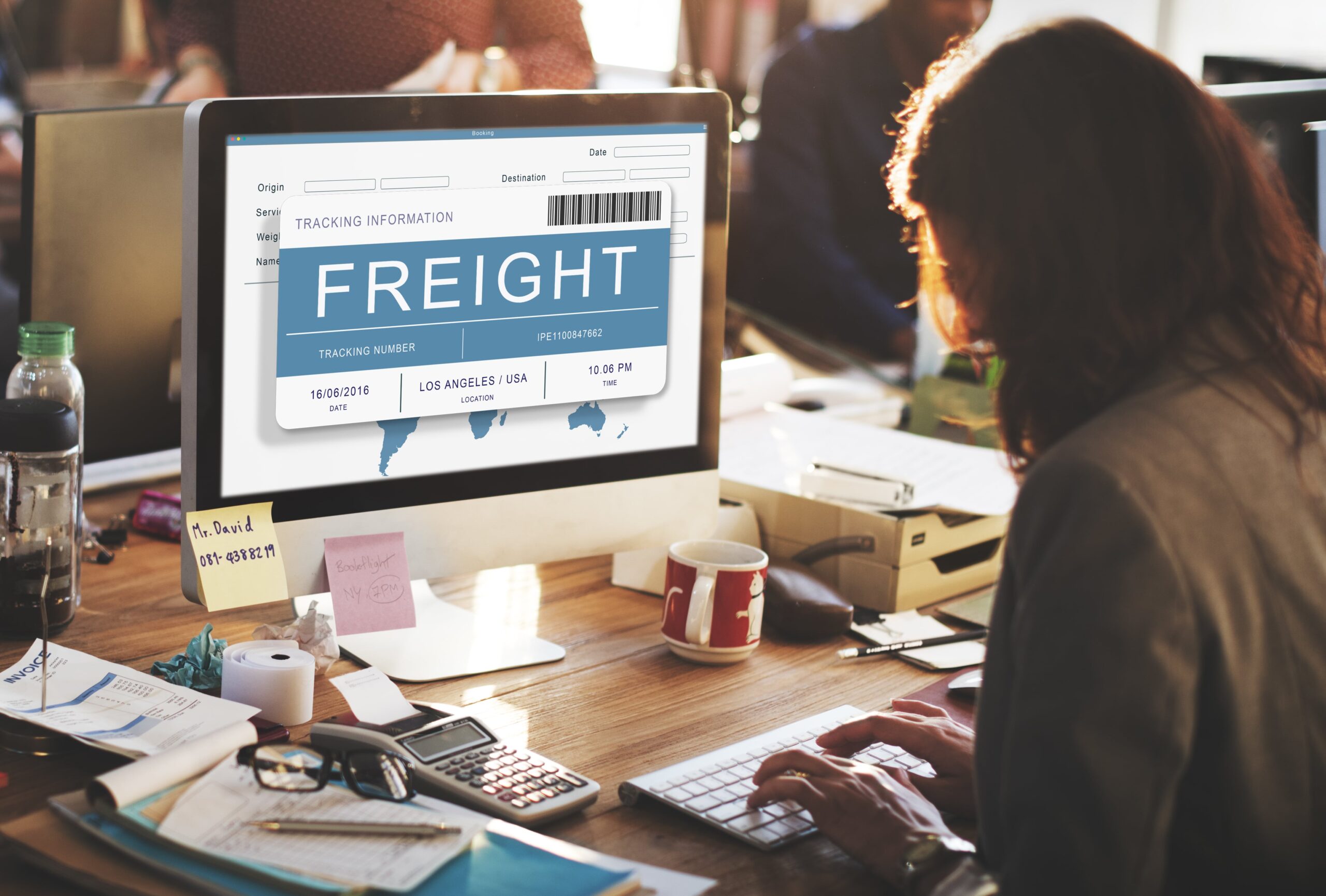
3. Research and Shortlist Third-Party Logistics Providers
Choosing the best third party logistics provider requires more than checking off a service list. It’s about finding a capable, trustworthy partner. Creating a list of 3–5 top candidates allows for informed side-by-side comparisons before entering the evaluation phase.
Begin With Specialization
- Industry Fit: Choose a 3PL that understands your vertical. For example:
- Food brands may need cold storage.
- Electronics require anti-static handling.
- Beauty products benefit from careful kitting and presentation.
- Geographic Coverage: Confirm whether the provider has fulfillment centers near your customer base or across multiple regions.
Evaluate Core Services
- Standard Offerings: Inventory storage, pick and pack, shipping and tracking, returns handling, and kitting and bundling.
- Value-Added Services: Branded packaging, subscription box fulfillment, and custom inserts or gift messaging.
Gather Social Proof
- Client Testimonials: Reviews provide insights into day-to-day performance.
- Case Studies: Ask for documented examples of successful transitions from in-house to outsourced fulfillment.
- Performance Metrics: Request data on average order accuracy rate, on-time shipping percentage, and inventory shrinkage rate.
4. Evaluate 3PL Providers: What to Look For
Once a shortlist is ready, businesses should evaluate each 3PL third party logistics provider using structured criteria. Selecting the best third party logistics provider depends on how well their operations, systems, and culture align with your fulfillment goals, not just who offers the lowest price.
Key Evaluation Points
- Pricing Structure: Look for transparent pricing with no hidden fees. Understand charges for storage, pick and pack, returns, and account support.
- Performance & Reliability: Ensure SLAs include order accuracy benchmarks, delivery timelines, and penalties for underperformance.
- Scalability:
- Can the 3PL handle surges during peak seasons?
- Do they support growth into new regions or product categories?
- Technology Capabilities: Must support real-time order and inventory tracking. Integration with existing tech stack (e.g., CRM, ERP, POS) is a must.
- Reporting Tools: Look for dashboards with order tracking, inventory summaries, and fulfillment KPIs.
- Customer Support:
- Is there a dedicated account manager?
- What are average support response times?
- Is 24/7 support available?
- Security and Compliance: Ensure the warehouse is secure and insured. Providers should comply with industry regulations, such as FDA or ISO standards, if applicable.
5. Plan a Smooth Transition
After choosing a 3PL third party logistics provider, the transition phase must be approached like a formal project. A methodical rollout plan ensures efficiency, accuracy, and minimal disruption. The best third party logistics provider will proactively support each phase with dedicated onboarding teams and operational blueprints.
Key Steps To Structure The Transition
- Develop a Phased Timeline: Break the process into distinct stages—discovery, integration, testing, and go-live. Assign deadlines and accountable team members for each.
- Map Out System Integration: Confirm how order data, inventory updates, and tracking details will flow between platforms. Allow time for API testing and software sandbox trials.
- Transfer Inventory Strategically:
- Avoid moving all stock at once.
- Start with best-selling SKUs or low-risk items to pilot the receiving process.
- Staggered shipments help prevent fulfillment gaps.
- Prepare SOP Documentation: Provide the 3PL with SKU master lists, packaging diagrams, custom branding guidelines, returns workflows, and labeling instructions.
- Establish a Contingency Plan: Include backup options in case of tech glitches or shipping delays during the transition. Have additional safety stock on hand for high-volume items.
- Test Before Full Launch: Run a soft launch with limited orders. Review order accuracy, packaging quality, and tracking visibility before going fully live.
- Schedule Status Meetings: Weekly check-ins between your team and the 3PL can address questions and monitor progress. Transparency and early detection of issues are key.
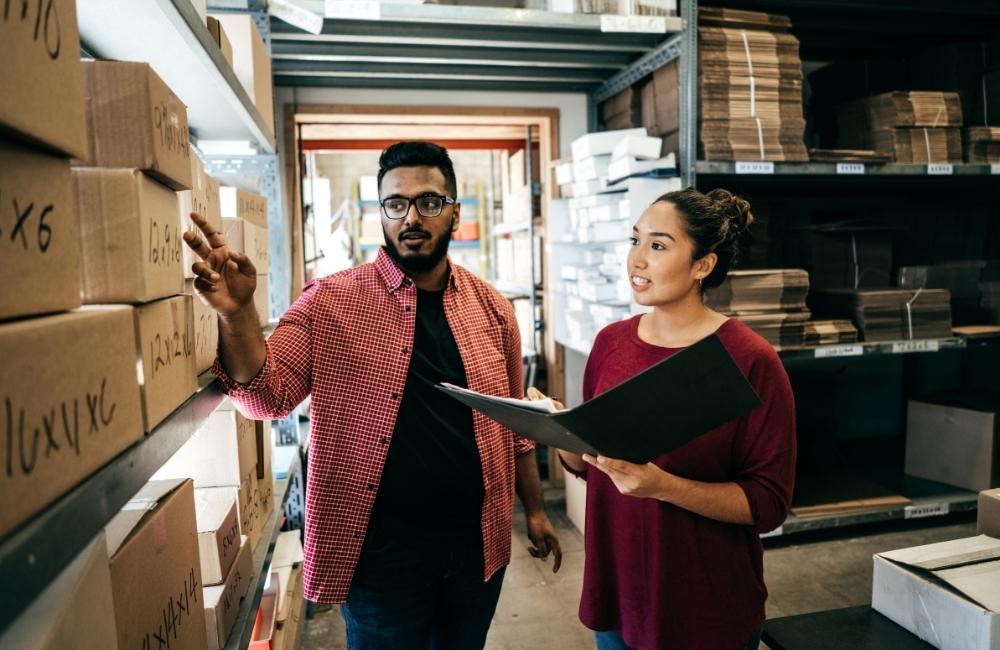
6. Coordinate with Internal Teams and Your New 3PL Partner
Outsourcing to a 3PL third party logistics provider affects nearly every department. Success depends on aligning internal roles, responsibilities, and communication protocols. By fostering internal alignment and open communication, companies set the stage for a collaborative relationship with the best third party logistics provider.
Steps To Prepare Internal Teams
- Define Departmental Impact:
- Operations: Will shift from physical tasks to vendor oversight and data review.
- IT: Responsible for system setup, integration, and ongoing support.
- Finance: Needs clarity on new billing structures, invoicing cadence, and cost tracking.
- Customer Service: Must understand fulfillment timelines and return policies to assist customers accurately.
- Appoint a Transition Leader: This person will serve as the primary liaison between your company and the 3PL, oversee timelines, action items, and resolution of issues, and escalate problems and ensure follow-up.
- Ensure Cross-Functional Alignment: Host onboarding sessions so all departments understand their new workflows. Encourage feedback and foster buy-in from team members affected by the change.
- Leverage Project Management Tools: Tools like Trello, Asana, or Monday.com can track integration tasks, SOP creation, inventory movement, and training sessions. Keeping everyone on the same page minimizes confusion.
- Establish Regular Communication Cadence: Set weekly syncs between your team and the 3PL. Use these meetings to review KPIs, address shipping issues, and align on seasonal forecasts or promotional spikes.
- Train Staff on 3PL Dashboards and Tools: Internal users must become comfortable using inventory portals, order management platforms, and return processing interfaces
- Document Changes and Share Updates: Maintain a central knowledge base for all process changes. This prevents confusion and ensures consistency as staff members adjust.
7. Execute the Transition to a 3PL
Execution is where planning meets reality. This phase requires precision, communication, and careful validation to ensure a seamless operational handoff.
Key Execution Steps Include
- Prepare Inventory for Transfer:
- Use barcoded labels and SKU-level documentation.
- Organize shipments by product type or priority level.
- Share inbound shipment details with the 3PL’s receiving team in advance.
- Coordinate Receiving Protocols:
- Confirm how the 3PL third party logistics provider logs, shelves, and verifies incoming stock.
- Request confirmation reports upon receipt to catch discrepancies early.
- Launch a Controlled Pilot Program:
- Push a limited number of customer orders through the 3PL’s system.
- Evaluate speed, accuracy, and communication across all touchpoints.
- Review Quality Control Factors: During the pilot:
- Check packing slip details and brand presentation.
- Test tracking notification accuracy and timing.
- Measure fulfillment times against internal benchmarks.
- Document and Address Pilot Feedback:
- Collect input from operations, customer support, and even a few end customers.
- Identify areas for improvement—label placement, packaging errors, data syncing issues—and adjust immediately.
- Greenlight Full-Scale Fulfillment Only After Validation: The best third party logistics provider will confirm readiness for ramp-up and share proactive solutions to any early challenges.
- Expect and Prepare for a Transition Buffer Period:
- Allow for minor inefficiencies during the first few weeks.
- Maintain open channels with the 3PL for fast issue resolution.
![]()
8. Monitor Performance and Make Adjustments
Launching with a 3PL third party logistics provider is just the beginning. Ongoing performance monitoring is critical to ensure the relationship evolves with your business. Effective monitoring is a continuous feedback loop. With the right metrics and partner collaboration, businesses can consistently improve and adapt to new challenges.
Track The Right Performance Indicators
- Order Accuracy Rate: Measures how often orders are fulfilled without errors. High accuracy prevents returns and boosts customer satisfaction.
- Fulfillment Speed: Tracks time from order placement to shipment. Benchmark this against customer expectations and SLAs.
- Return Rate and Resolution Time: Evaluate how quickly and effectively returns are processed. Look for trends tied to product issues or 3PL handling.
- Cost Per Order: Break down total fulfillment expenses by order to spot inefficiencies. Monitor for unexpected cost increases.
- Customer Feedback and Complaints: Analyze support tickets related to shipping, delays, or damaged goods. Use this data to guide discussions with your 3PL.
- Use Available reporting tools: Most 3PL third party logistics providers offer real-time dashboards, weekly summary reports, and exception reports for missed SLAs or errors.
Conduct Regular Performance Reviews
- Monthly or Quarterly Reviews: Share insights from internal data and customer experience. Compare performance against original SLA benchmarks.
- Discuss Adjustments and Optimization: The best third party logistics provider will offer inventory layout improvements, suggest alternate carriers or service levels, and update packaging materials for better protection or branding.
- Stay Agile: Business needs shift—new product lines, channel expansion, or higher order volume. Adjust workflows and service expectations with your 3PL accordingly.

9. Avoid Common Pitfalls in the Shift to 3PL
Transitioning to a 3PL third party logistics provider has significant advantages, but missteps during this phase can lead to disruptions or long-term inefficiencies. Avoiding these missteps not only improves operational stability but also strengthens the relationship with your 3PL third party logistics provider, making it easier to build long-term success.
Key Pitfalls To Avoid Include
- Underestimating the Transition Timeline: Many businesses assume onboarding will be instant. The reality is that syncing systems, transferring inventory, and training staff often takes weeks or months.
- Insufficient Process Documentation: Expecting the 3PL to “figure it out” causes errors. Share packaging specs, SKU variations, bundling rules, and customer service protocols in detail.
- Lack of Clear Brand Guidelines: Brand consistency suffers if your packaging, inserts, or unboxing experience isn’t communicated clearly. The best third party logistics provider will welcome this input—be sure to provide it.
- Poor Internal Communication: If departments aren’t aligned, gaps emerge in order flow, inventory tracking, or customer support handoffs. Use project management tools and regular team check-ins throughout the transition.
- Neglecting Reverse Logistics: Many brands overlook how returns will be handled until problems arise. Ensure the 3PL offers return labels, inspection/repackaging services, inventory reintegration, and refund and customer update automation.
- Over-Reliance Without Oversight: 3PL isn’t “set it and forget it.” Regular performance reviews, inventory checks, and KPI monitoring are critical for success.
Failure to Establish Escalation Protocols: In the event of a service failure or inventory error, who handles what? Have clear escalation paths to avoid delays in resolution.
Frequently Asked Questions
Start by identifying your specific fulfillment needs, such as order volume, shipping speed, and return handling. Evaluate potential 3PLs based on industry experience, service offerings, technology integration, and client reviews. Choose a provider that aligns with your goals and offers transparent pricing and reliable support.
A 3PL can often reduce costs by optimizing shipping rates, warehousing expenses, and labor. While there’s an upfront service cost, long-term savings come from efficiency and scalability. For growing businesses, 3PLs typically offer better value than maintaining in-house fulfillment.
Research providers that specialize in your industry and meet your logistics requirements. Look for case studies, client testimonials, and performance metrics like order accuracy and on-time delivery. Shortlist 3–5 options and request detailed proposals for comparison.
Outsourcing fulfillment may reduce direct control over operations and customer experience. It can also involve integration challenges or service inconsistencies if the provider isn’t aligned. Clear contracts, communication, and performance monitoring help mitigate these risks.
E-commerce, retail, consumer electronics, and food and beverage companies are among the top users of 3PL services. These industries rely on fast, accurate, and scalable logistics to meet customer demands. Healthcare and automotive sectors also use 3PLs for specialized shipping needs.
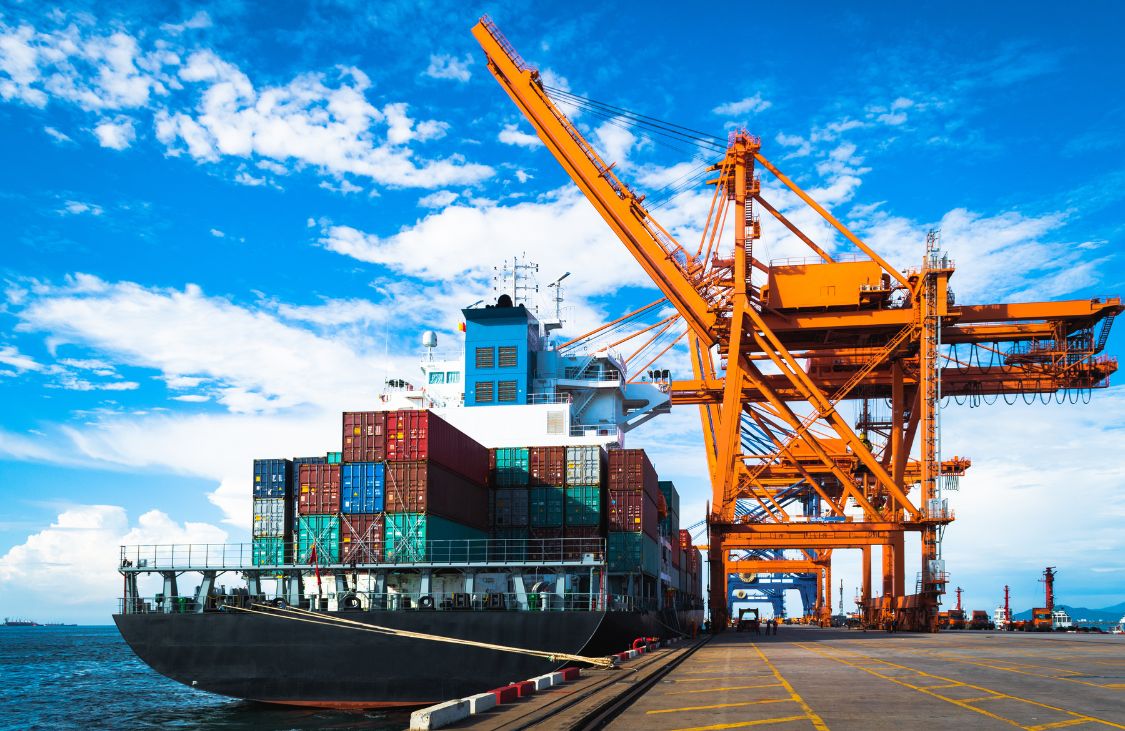
Ready to Streamline Your Fulfillment? Partner with 3PL Logistics By Best!
If you’re ready to move beyond the limitations of in-house fulfillment, it’s time to work with a trusted logistics partner that understands your needs. 3PL Logistics By Best in New York City offers reliable, scalable, and tech-driven fulfillment solutions for growing businesses. Whether you’re handling increased order volume, expanding product lines, or looking to improve delivery speed, 3PL Logistics By Best can help.
As a top-rated third party logistics provider in New York City, we specialize in customized services tailored to e-commerce, retail, and more. Our advanced systems, transparent communication, and experienced team make us the go-to choice for businesses seeking growth without the hassle of internal logistics.
Don’t let fulfillment hold you back—choose 3PL Logistics By Best in New York City and take your operations to the next level!
